Djokovic’s New York puzzle, version 2025
At 38, under the New York lights and noise, Novak Djokovic still treats the US Open like a problem set. Every match is a clue. Every point, a possibility. He’s back in the semifinals at the USTA Billie Jean King National Tennis Center after grinding past American Taylor Fritz in a rugged quarterfinal, the kind of match that tests legs, lungs, and nerve as much as forehands.
The route here hasn’t been tidy, but it’s been classic Djokovic. In round two, he produced the tournament’s viral moment against Zachary Svajda—sprinting off the court, hooking a recovery shot back into play, then flipping the exchange on its head. It was a reminder: even when he’s out of position, he’s never out of ideas. That point said more about his tournament than any stat—problem recognized, problem solved.
After edging Fritz, Djokovic kept his summary simple. Some days, you just have to grind. He leaned on what’s always carried him through rough patches: resilience, economy of movement, and the ability to choose the right shot when the rally heats up. He didn’t dress it up. He worked, he endured, and he moved on.
Next up is Carlos Alcaraz, a matchup that already feels like a final even when it isn’t one. Djokovic knows what’s coming—power, speed, and a young rival who refuses to blink. He talked about the basics: protect the body, recover well, be ready for five sets if it goes there. It sounded like a checklist, but it also sounded like respect.
This is the 145th edition of the US Open, the sport’s loudest major and the last stop on the Grand Slam calendar. Last season, Jannik Sinner and Aryna Sabalenka left New York as champions, each claiming a third major of their careers. The field is deeper now, but Djokovic’s goal hasn’t moved. He’s chasing another New York crown, his fourth, and he keeps calling it a riddle he wants to crack one more time.
Alcaraz on deck: chess at full speed
Djokovic’s path has shown a familiar pattern. Early on, he defended first, attacked later. Against Svajda, he made the court feel smaller for the American, taking away time and targeting corners with precision. Against Fritz, he adjusted his return position, shifted his patterns on serve, and chipped when he needed breathing room. It wasn’t flashy; it was professional problem-solving.
The physical side matters now more than ever. Djokovic talked about managing the next 48 hours—treatment, light hitting, hydration, sleep. At this stage, the most important shots can happen off the court: ice baths, physio time, the small routines that buy you endurance on Day 12. He has long treated the days between matches as part of the match.
Alcaraz, of course, brings a different kind of test. Their rivalry is the sport’s most reliable fireworks show. Think back to 2023: the five-set Wimbledon final and that lung-busting Cincinnati final. One took patience; the other demanded boldness. Both demanded accuracy under pressure. What separates these two is often narrow—serve placement by inches, footwork by half-steps, courage by instinct.
What should you watch for this time? A few battlegrounds stand out.
- Return of serve: Djokovic will try to get a racquet on everything, especially second serves. Alcaraz’s willingness to kick wide or go down the T will shape early momentum.
- Backhand crosscourt: It’s the channel that sets the tone. If Djokovic pins Alcaraz there and gets short replies, he’ll control pace. If Alcaraz flips the rally with a sudden forehand change-up, momentum swings.
- Short points vs. long points: Alcaraz loves chaos and speed; Djokovic prefers clarity and structure. Whoever dictates rally length will feel in charge.
- Transition game: Both come forward well. First-strike plus clean volleys could decide tight service games.
- Drop shots and lobs: This is Alcaraz’s playground. Djokovic’s read on the dropper—and how quickly he neutralizes it—could save him dozens of hard meters.
- Energy management: The New York night can be sticky and heavy, especially under the roof. If this goes past three sets, recovery between points becomes a skill on its own.
There’s also the crowd. New York can be fickle and fierce in the same set. Djokovic has learned to ride it rather than fight it—turning noise into fuel, or simply blocking it out when he needs quiet. Expect the energy to jump with every momentum swing, especially if Alcaraz starts throwing in the audacious stuff—running forehands, mid-rally drops, the whole show.
The surface adds another layer. The US Open hard courts reward clean striking but punish lazy footwork. You can’t camp behind the baseline and hope. Djokovic’s compact strokes help him absorb pace; Alcaraz’s explosiveness helps him flip defense into offense. If the balls fluff up under the lights, Djokovic’s depth on return becomes even more valuable. If the court plays faster in the afternoon, Alcaraz’s first-strike aggression could bite earlier.
What’s striking about Djokovic this fortnight is the clarity. He isn’t chasing perfect tennis; he’s chasing solutions. In the second week of majors, that mindset matters more than form. You can’t script a semifinal. You adapt, you keep your head, and you take the chances that appear. That’s his comfort zone.
Zoom out, and his record still towers: 24 majors, countless nights spent defusing pressure. But he’s not playing the numbers. He’s playing the match in front of him—Alcaraz, a five-set possibility, the tactical tug-of-war that decides whether the finish line appears at 3 hours or 5.
The American storyline took a hit with Fritz’s exit, but his quarterfinal push ensured one more packed Arthur Ashe night. For Djokovic, that crowd energy is part of the test. He’s been the villain here, and he’s been the fan favorite. At this stage, he doesn’t need either. He needs the next ball to go where he wants it.
So the riddle remains: conserve energy without losing edge, attack without leaking errors, absorb Alcaraz’s surge without getting dragged into reckless exchanges. Simple to say, hard to execute—exactly the kind of exam Djokovic tends to pass when it matters most.
The semifinal has all the markings: speed, courage, stubborn defense, and just enough chaos to keep the stadium buzzing deep into the night. Djokovic says he’ll be ready for five. Alcaraz will try to make him prove it. New York gets the show it wanted. The rest is about who solves the puzzle faster.

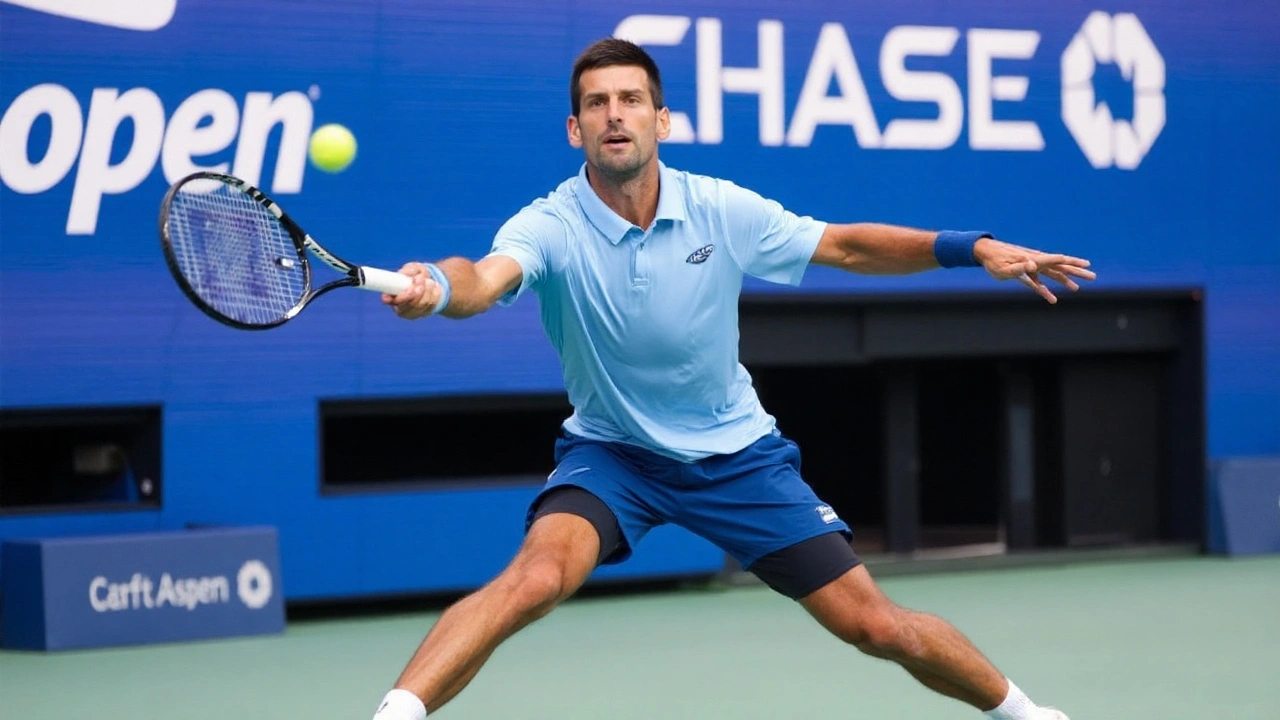
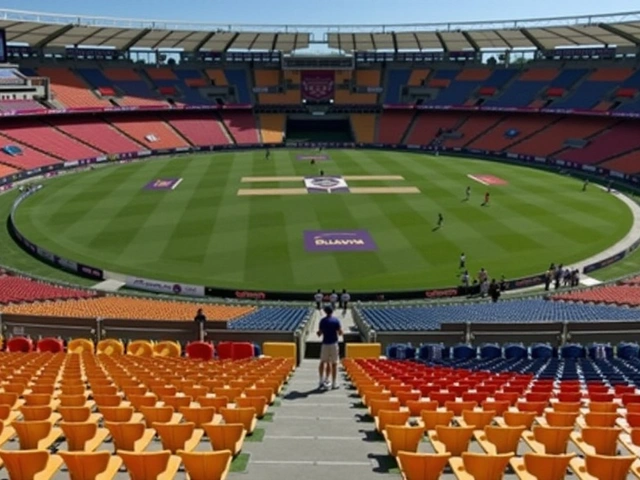
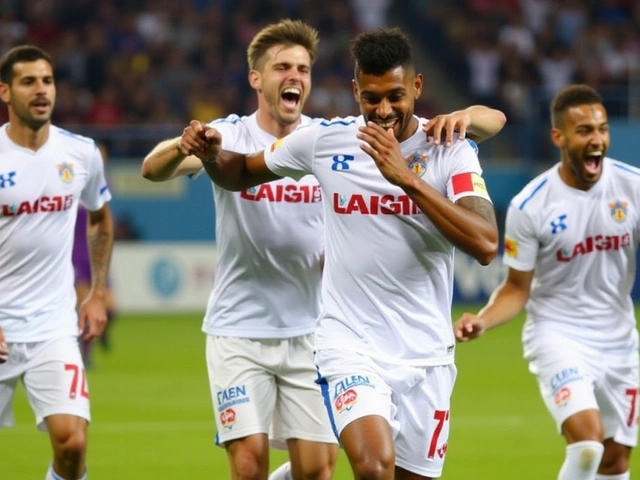
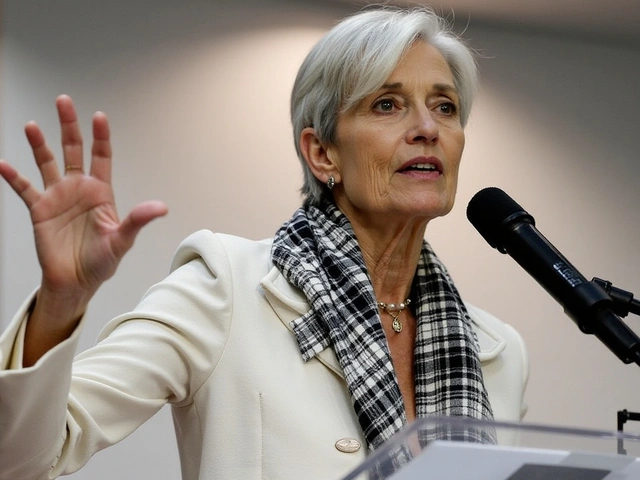
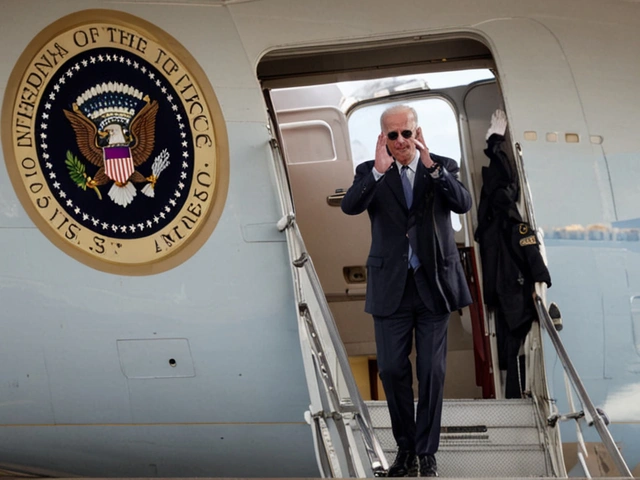
Djokovic’s still out here solving math problems while the rest of us are trying to remember where we left our keys. Respect.
The notion that athleticism can be reduced to problem-solving is a distinctly Western delusion. Tennis is not a differential equation-it is a ritual of endurance, of will, of human limitation made visible. Djokovic does not solve riddles; he endures them.
I mean, sure, he’s 38 and still playing, but let’s be real-this isn’t ‘resilience,’ it’s just denial. The sport has moved on. He’s clinging to relevance like a toddler to a pacifier.
There's an interesting cognitive dissonance here-Djokovic treats the match as a systems optimization problem, yet the physical degradation of his body over time introduces nonlinear variables that no algorithm can predict. The margin for error is now measured in milliseconds, not centimeters.
I swear if Alcaraz hits one of those spinning drop shots and Djokovic just stands there like a confused raccoon, I’m gonna scream. This is gonna be the most dramatic thing on TV since the last season of Succession.
You know what’s wild? I’ve watched Djokovic since he was this skinny kid with the weird one-handed backhand and now he’s out here playing tennis like it’s chess with sweat. And honestly? The way he moves now-like every step is calculated, like his body remembers every match he’s ever played-it’s not just skill, it’s legacy in motion. I’ve cried watching him play. Not because he wins, but because he refuses to let go of something that’s been his whole life. And Alcaraz? He’s the future, but tonight? Tonight feels like the past saying ‘not yet.’
I just think it's so amazing how Djokovic stays so focused. I mean, at his age? Wow. He's such an inspiration. I hope he wins!! <3
I really admire how Djokovic never tries to be the loudest guy in the room. He just shows up, does the work, and lets his game speak. That’s the kind of example we all need right now-quiet strength, not flashy noise. We should all be trying to be a little more like him off the court too.
The real meta-narrative here isn’t Djokovic vs. Alcaraz-it’s the collision of epistemic frameworks. Djokovic operates under a deterministic model: input (movement, positioning, recovery) → output (control, efficiency, win). Alcaraz operates under a stochastic one: chaos as catalyst, unpredictability as weapon. The court becomes a phase space where entropy fights order. The winner isn’t the better player-it’s the one whose model better approximates the system’s behavior under pressure.
I just hope it’s not too long. I have work in the morning.
Let’s be honest-this isn’t tennis anymore, it’s a corporate branding exercise. Djokovic’s ‘riddle’ is just marketing speak for ‘I’m still relevant.’ The sport is being monetized into a nostalgia trap.
I just can’t believe he’s still out here. I mean, I love him but… is he even sleeping? Like, does he even know what a normal life is anymore? I feel bad for him.
I just want him to be happy!! He’s been through so much and I just hope he feels loved. You’re doing amazing, Novak!!
Africa is watching. We don’t have courts like this, but we have hearts like his. Djokovic is not just playing for himself-he’s playing for every kid with a racket made of sticks and dreams.
I swear if Alcaraz hits that forehand down the line and Djokovic doesn’t dive, I’m gonna lose it. This is the most intense thing I’ve seen since the last time my dog ate my phone charger.
I think what’s beautiful is how both of them just show up and play, no matter the pressure. It’s not about winning or losing-it’s about being present. That’s the real win.
You’re telling me a 38-year-old man is out here doing calculus with his feet and you’re still mad he’s still playing? Get a hobby.